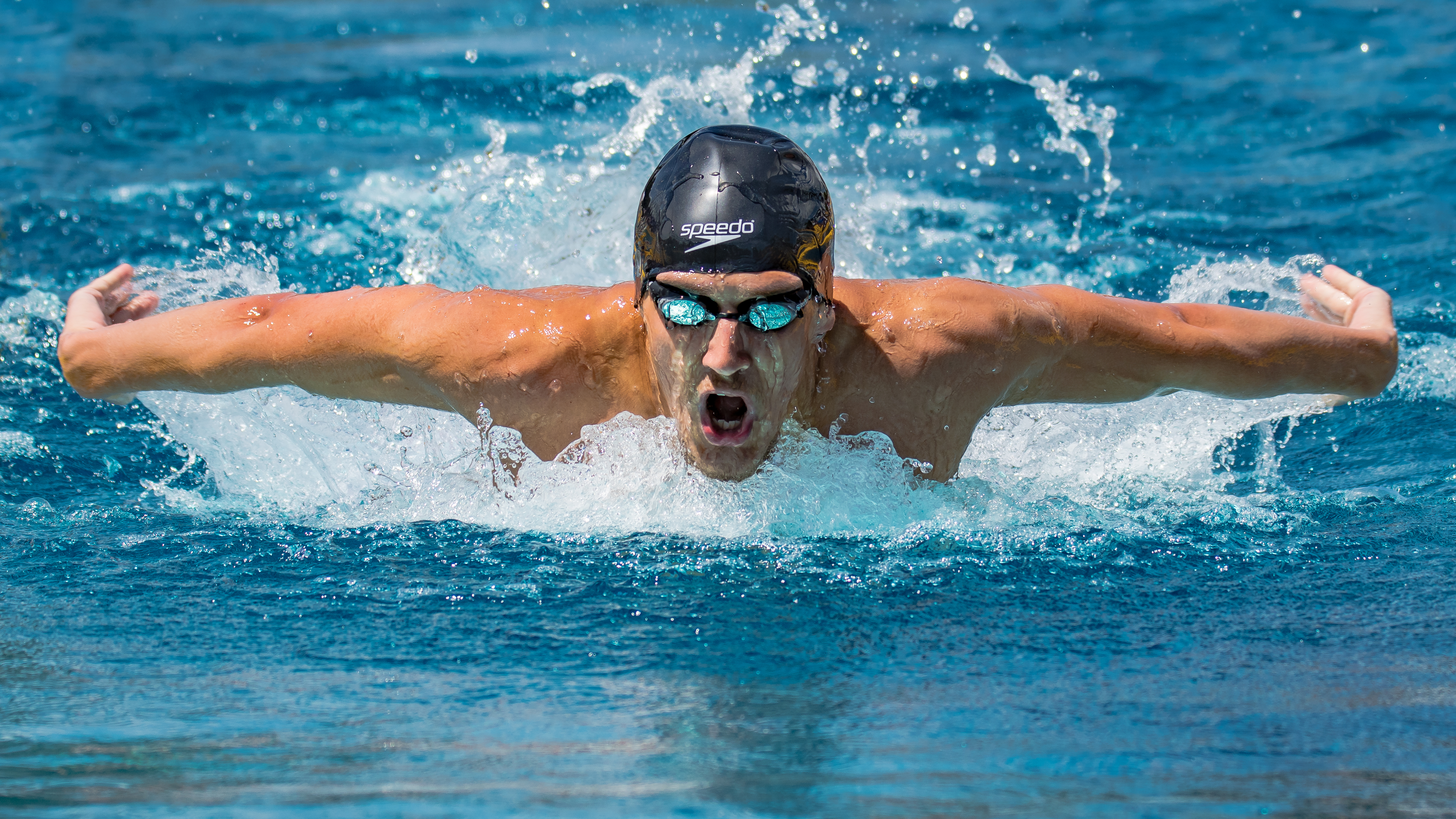The beauty of swimming butterfly 🏊🏻♀️ 🦋
How the insect came to gliding over water
This is an ode to my favourite swimming style
The butterfly (colloquially shortened to fly) is a swimming stroke swum on the chest, with both arms moving symmetrically, accompanied by the butterfly kick (also known as the "dolphin kick"). While other styles like the breaststroke, front crawl, or backstroke can be swum adequately by beginners, the butterfly is a more difficult stroke that requires good technique as well as strong muscles. It is the newest swimming style swum in competition, first swum in 1933 and originating out of the breaststroke.

Breastroke is an athletic event, butterfly is a political statement.
Paul Tsongas
- ergonomics: The main difficulty for beginners is the synchronous over-water recovery, especially when combined with breathing, since both arms, the head, shoulders, and part of the chest have to be lifted out of the water for these tasks.
- technique: arm movement: The butterfly stroke has three major parts, the pull, the push, and the recovery.
- technique: leg movement: The legs are synchronized with each other which uses a whole different set of muscles. The feet are pressed together to avoid loss of water pressure. The feet are naturally pointing downwards, giving downwards thrust, moving up the feet and pressing down the head.
- technique: breathing: Optimally, a butterfly swimmer synchronizes the taking of breaths with the undulation of the body to simplify the breathing process.
- technique: body movement: The body moves in a wave-like fashion, controlled by the core, and as the chest is pressed down, the hips go up, and the posterior breaks the water surface and transfers into a fluid kick.